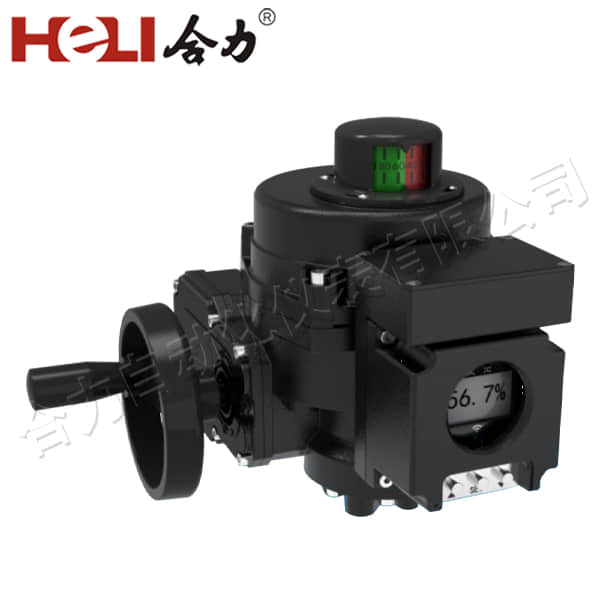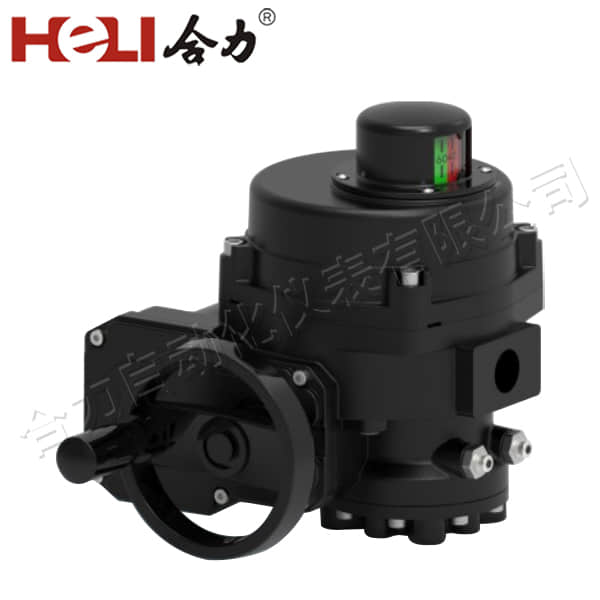In the modern era of automation and industrialization, electric actuators play a pivotal role in converting electrical energy into mechanical motion. These devices are widely used in various industries, including HVAC, water treatment, petrochemicals, and beyond, to control the position of valves, dampers, and other equipment.

The electric actuator consists of several key components, each playing a crucial role in its operation. The motor, either DC or AC, is the heart of the actuator, providing the necessary torque to rotate the output shaft. The gear reducer is responsible for converting the high-speed rotation of the motor into low-speed, high-torque rotation, enabling precise control of the actuator’s position.

Position sensors, such as encoders or potentiometers, monitor the actuator’s position and provide feedback to the control system. This feedback loop ensures that the actuator can accurately achieve and maintain the desired position, even under varying loads and environmental conditions. The control circuit is the brain of the electric actuator, receiving commands from a central control system, such as a PLC (Programmable Logic Controller) or a BMS (Building Management System). These commands can be analog signals for continuous position control or digital signals for discrete on/off control. The control circuit interprets these commands and adjusts the motor’s speed and direction to achieve the desired position.
